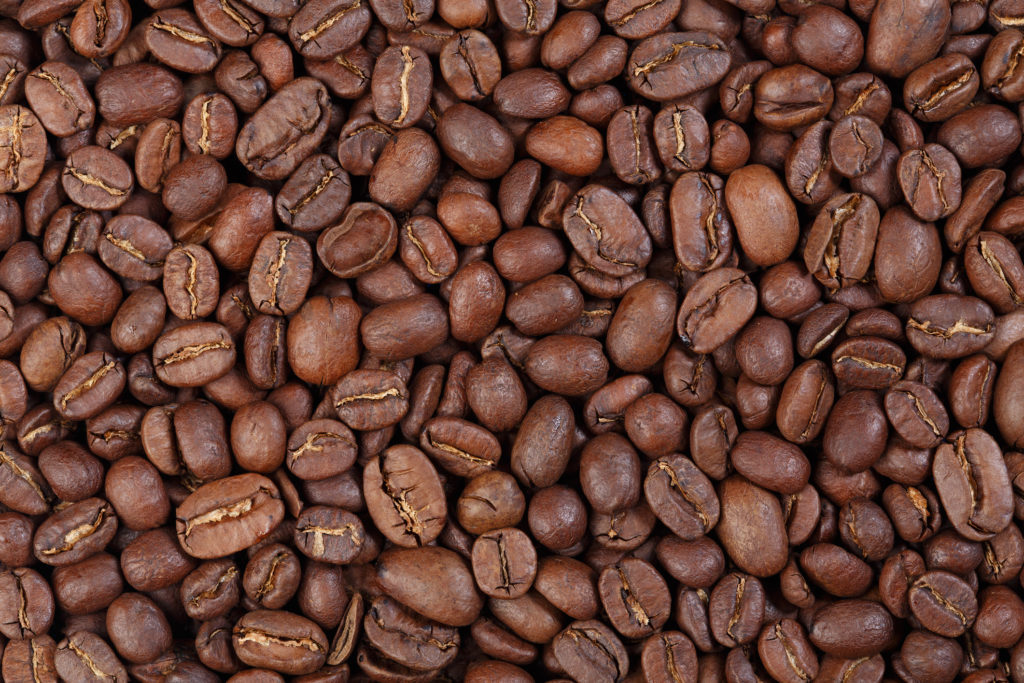
Can the look and feel of your brand be confusingly similar for a consumer? In a recent trade mark case Starbucks took on a smaller Belgium brand and won.
In 2013, Belgium-based Ms Hasmik Nersesyan filed an EU application to register the figurative mark COFFEE ROCKS for “services for providing drinks”. The mark was composed of a circle within a circle. On the left and right sides the sign contained musical notes with a bean head and the same but larger musical note in the centre. The word COFFEE was placed on the top and ROCKS on the bottom of the mark. Both words were written in white using a bold font and capital letters.
The application was opposed by Starbucks Corp. (Starbucks) on the basis that the application caused a likelihood of confusion. Starbucks based the opposition on number of its earlier and well-known registered marks.
The Opposition Division of the European Union Intellectual Property Office (EUIPO) rejected Starbucks’ opposition and the Fourth Board of Appeal (BOA) confirmed the Opposition Division’s decision.
Starbucks appealed to the General Court (GC) who declared that the BOA’s decision was invalid and instead upheld Starbucks’ opposition on the basis that the ‘global’ appreciation of the marks in question led to a finding that the marks were sufficiently similar.
Comparison of marks and services
Starbucks submitted that the later application for COFFEE ROCKS covered the same services as the earlier registered Starbucks marks. This aspect was not disputed by the parties.
Starbucks demonstrated that the marks in question shared black and white colours and have a circular shape. As a result of these shared elements the marks might look confusingly similar to the average consumer.
In addition to the figurative similarities between the marks Starbucks argued phonetic similarities, namely both marks contained the word COFFEE written in an identical font.
Both the Opposition Division and BOA assessed various elements of the disputed marks including visual and phonetic elements. They confirmed that marks in question have similar figurative elements, such as a circular shape, however a circle on its own is merely a geometrical shape and does not carry any distinctive character.
While conducting a phonetic comparison the EUIPO compared the words indicated on the disputed marks, namely STARBUCKS and ROCK. The EUIPO ruled out any similarity between STARBUCKS and ROCKS. In addition, the EUIPO ruled out a likelihood of confusion on the basis of the identical word COFFEE indicated on the disputed marks. The EUIPO explained in their decision that in this case, COFFEE is descriptive, therefore it is not distinctive.
However, the GC conducted a visual and phonetic comparison as well as conducting an overall comparison of the marks in question. The GC underlined the importance of the “overall impression given by the signs”. After comparing the marks, the GC found that there was a sufficient likelihood of confusion between the figurative and word elements of STARBUCKS COFFEE and COFFEE ROCKS and the average consumer could have perceived these marks as being similar.
So what does this mean for your brand?
Starbucks Corp v EUIPO & Nersesyan is a remarkable case because the GC highlighted the importance of taking into consideration a “global assessment” when comparing the marks. The GC stated that identifying a likelihood of confusion is “more than taking just one component of a composite trade mark and comparing it with another mark”.
Several decisions (Merant v OHIM —Focus Magazin verlag (FOCUS)) suggest marks are confusingly similar if they are even partially similar from the average consumer’s standpoint. What does an overall impression of the mark create on the average consumer and what is the perception of the mark in its entirety must also be taken into account.
With so many trade marks being filed, it is not easy to ensure that your trade mark is original, memorable and different to the other marks on the register.
To ensure that your mark is not deemed to be similar to another mark because it shares certain features or characteristics, professional advice should be sought.
If you require any advice on trade mark matters, please do not hesitate to get in touch by telephone 01392 210700 or email trademarks@stephens-scown.co.uk
